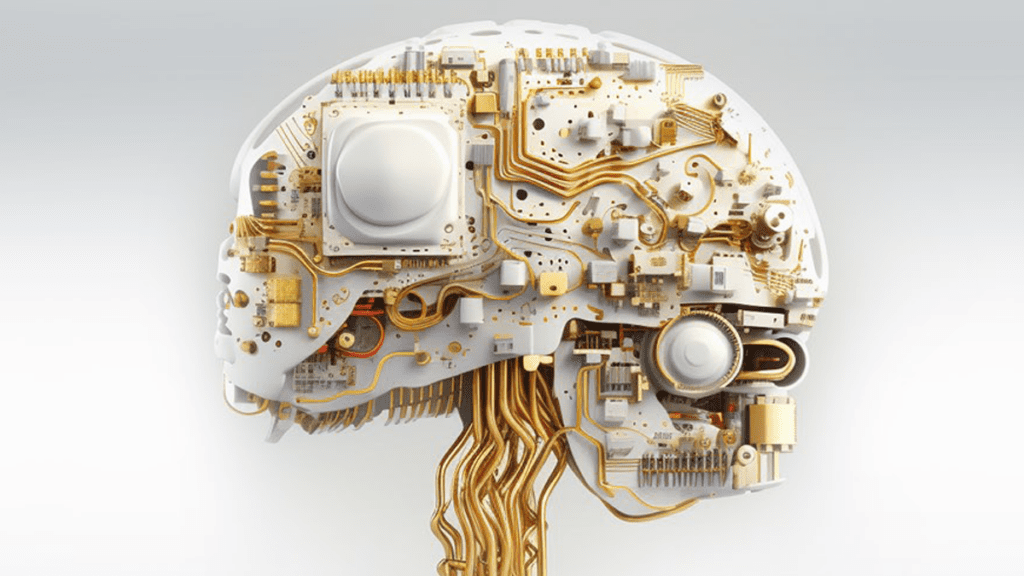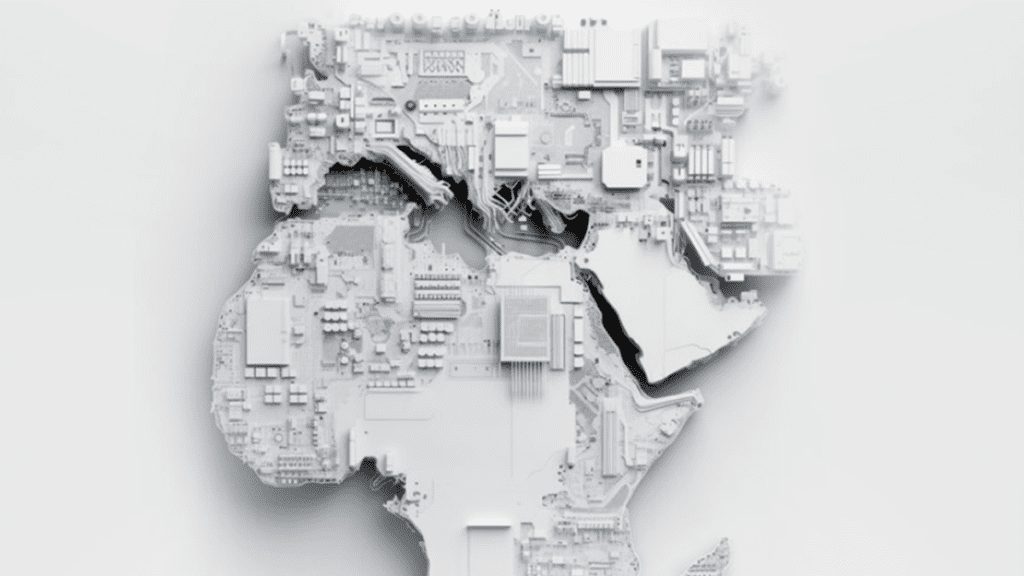As the world continues to evolve at a breakneck speed, the term “disruptive innovation” has become a mainstay in conversations around change and progress. In this four-part series, we explore the concept of disruptive innovation, its different types, notable examples, and the individuals who have significantly shaped this field. We will also look forward to the potential trends in disruptive innovation that might shape our future.
Defining Disruptive Innovation
The concept of disruptive innovation was first introduced by Harvard professor Clayton M. Christensen in his 1997 book, “The Innovator’s Dilemma.” Disruptive innovation refers to a new technology, product, or service that starts small yet eventually disrupts existing markets and displaces established industry leaders.
Unlike sustaining innovations that improve existing products for an existing customer base, disruptive innovations bring about significant changes, often creating new markets and reshaping industries.


Characteristics of Disruptive Innovation
Understanding the key traits of disruptive innovation can provide insights into its transformative power. Here are some defining characteristics:
Starts in Niche Markets
Disruptive innovations often start in niche markets and cater to a relatively small customer base. These innovations typically address needs that are overlooked by existing players or offer simpler, more affordable solutions.
Evolves Over Time
Disruptive innovations do not capture the mainstream market overnight. They gradually improve in functionality and reliability, eventually meeting the needs of more demanding customers.
Displaces Established Incumbents
Disruptive innovations have the power to displace established market leaders. As they gain traction in the market, incumbents often find it challenging to respond due to their commitment to existing processes, technologies, and customer expectations.
Alters Consumer Behavior
Disruptive innovations often bring about changes in consumer behavior. As these innovations offer new ways of doing things, they can shift consumer expectations and preferences.


Types of Disruptive Innovation
Disruptive innovation can take various forms, primarily based on the nature of the market disruption and the technology involved. Here are two primary types:
Low-End Disruption
This form of disruption targets the lower end of an existing market, focusing on customers who are overlooked by incumbent companies. Low-end disruptors offer simpler, more affordable solutions that, while not as high-performing as incumbent offerings, satisfy the basic needs of these customers. Over time, these disruptive innovations improve and start appealing to a broader customer base, eventually displishing incumbents.
New-Market Disruption
New-market disruption creates entirely new markets that were not served by existing players. These disruptors introduce products or services that are accessible to a new set of customers, often enabling tasks or activities that were previously complicated or expensive. As these new markets grow, they can potentially overshadow existing markets.
Examples of Disruptive Innovation
Let’s look at some real-world examples that encapsulate the essence of disruptive innovation:


Netflix
Netflix, starting as a mail-order DVD rental service, disrupted the brick-and-mortar video rental industry dominated by players like Blockbuster. The company eventually transitioned to a streaming model, making a vast array of films and TV shows instantly accessible to viewers, further disrupting the traditional television and movie industry.


Uber
Uber transformed the transportation industry by offering a convenient, affordable, and user-friendly alternative to traditional taxi services. By leveraging smartphone technology and a unique business model, Uber has disrupted public transportation systems around the world.


Airbnb
Airbnb turned the hospitality industry on its head by enabling homeowners to rent out their homes or rooms to travellers. Providing a more personal and often more affordable alternative to hotels, Airbnb has reshaped the way people travel and stay in foreign locales.


Amazon
Founded by Jeff Bezos, Amazon started as an online bookstore, directly competing with brick-and-mortar retailers. Over time, Amazon expanded its offerings, disrupting multiple industries including retail, cloud computing with Amazon Web Services, and even entertainment with Amazon Prime.


Tesla
Elon Musk’s Tesla has been a major disruptor in the automotive industry. By popularizing electric vehicles, Tesla has challenged traditional automakers, forcing them to adapt and invest in electric vehicle technology. Tesla’s focus on software and over-the-air updates also sets a new standard for other car manufacturers.


Spotify
Spotify changed the music industry by offering a streaming service with a vast library of songs for a monthly subscription. This model disrupted both physical and digital sales of music, forcing artists and record companies to adapt to the new streaming reality.


Slack
Slack disrupted the business communication industry by offering a platform that consolidated various means of communication (like email, instant messaging, file sharing) into a single, streamlined interface. Its emphasis on real-time communication, collaboration, and integration with other business tools made it a game-changer in workplace productivity.


Square
Square, co-founded by Jack Dorsey, revolutionized the payment industry by enabling small businesses to accept card payments using a smartphone or tablet. Square’s simple, user-friendly devices and software have broken down barriers to entry, particularly for small merchants, and disrupted the traditional payment processing industry.


Coursera and Khan Academy
Coursera and Khan Academy have disrupted the education sector by offering online courses from top universities and organizations, many of which are free. This has democratized access to high-quality education, challenging traditional educational institutions.
Each of these companies represents a form of disruptive innovation, as they introduced new products or services that eventually overturned the existing market dynamics.
Influential Figures in Disruptive Innovation
While many individuals contribute to the process of disruptive innovation, a few stand out for their role in leading disruptive enterprises that have reshaped industries. Here are some of these influential figures:


Reed Hastings and Marc Randolph (Netflix)
Netflix co-founders Reed Hastings and Marc Randolph revolutionized the entertainment industry. Beginning with a DVD-by-mail service, they transitioned Netflix into a streaming giant, disrupting traditional television and movie production and distribution models. Today, Netflix is a primary player in the entertainment industry, even producing its own highly successful content.


Travis Kalanick and Garrett Camp (Uber)
Travis Kalanick and Garrett Camp, co-founders of Uber, radically transformed urban transportation. By creating a platform connecting drivers with riders through a smartphone app, they introduced a new level of convenience and accessibility in transportation. This innovation disrupted the taxi industry and paved the way for the gig economy.


Brian Chesky, Joe Gebbia, and Nathan Blecharczyk (Airbnb)
The co-founders of Airbnb, Brian Chesky, Joe Gebbia, and Nathan Blecharczyk, brought disruptive innovation to the hospitality industry. They created a platform allowing homeowners to rent out their homes or rooms, providing travelers with more personal and often cheaper alternatives to hotels. This model has not only disrupted the hotel industry but also changed the way people travel and interact with their destinations.


Jeff Bezos (Amazon)
Jeff Bezos, the founder of Amazon, had a vision of creating the “everything store.” He started Amazon in his garage in 1994, initially focusing on disrupting the bookstore industry. Over time, Bezos expanded Amazon’s scope, venturing into diverse fields like cloud computing and entertainment. His relentless focus on customer-centricity and long-term thinking have been instrumental in shaping Amazon into a global conglomerate.


Elon Musk (Tesla)
Elon Musk, co-founder and CEO of Tesla, has been a pivotal figure in the automotive industry’s shift towards sustainable transportation. Under his leadership, Tesla has championed electric vehicles and pushed the boundaries of automotive technology, with features like Autopilot and over-the-air software updates. Musk’s ambitious vision and daring approach to innovation have disrupted not only the automotive industry but also the space industry with SpaceX.


Daniel Ek and Martin Lorentzon (Spotify)
Daniel Ek and Martin Lorentzon co-founded Spotify, the music streaming service that has disrupted the music industry. They transformed the way we consume music by providing access to millions of songs for a monthly subscription fee, challenging the traditional model of purchasing individual albums or tracks.


Stewart Butterfield (Slack)
Stewart Butterfield, the co-founder and CEO of Slack, has been instrumental in disrupting corporate communication. Slack’s platform, offering real-time messaging, integration with other tools, and channels for team collaboration, has revolutionized the way teams communicate and collaborate, challenging traditional methods like email.


Jack Dorsey (Square)
Jack Dorsey, co-founder of Square, has been a transformative figure in the payment industry. Square’s payment processing tools have enabled even small businesses to accept card payments, democratizing access to a customer segment previously dominated by large banks and payment processors.


Andrew Ng and Daphne Koller (Coursera) and Salman Khan (Khan Academy)
Andrew Ng and Daphne Koller, co-founders of Coursera, and Salman Khan, founder of Khan Academy, have disrupted traditional education. Their platforms provide free or low-cost courses from top educational institutions, democratizing access to quality education and challenging the conventional education system.
Future Trends in Disruptive Innovation
Innovation is relentless. It continues to push boundaries and foster change across industries. Here are some potential areas where disruptive innovation may arise in the future:
Artificial Intelligence (AI)
AI has the potential to be one of the most disruptive technologies. It could revolutionize various sectors, from healthcare and education to manufacturing and customer service. AI-driven innovations like predictive analytics, intelligent automation, and personalized AI could redefine our understanding of efficiency, productivity, and customization.
Quantum Computing
Quantum computing, which harnesses quantum mechanics to process information, could disrupt the field of computing. Although still in its infancy, it has the potential to solve complex problems beyond the capabilities of traditional computers, impacting areas like cryptography, drug discovery, climate modeling, and financial optimization.
Space Technology
Space technology is another area ripe for disruption. Innovations in reusable rockets, satellite technology, and space travel could significantly lower costs and open up new possibilities, from global internet coverage to space tourism and colonization.
Biotechnology
Advances in biotechnology could lead to disruptive innovations in healthcare, agriculture, and environmental conservation. Genomic editing, personalized medicine, synthetic biology, and biofuels are some areas that could be game-changers.
Sustainable Technologies
Sustainable technologies aimed at combating climate change and promoting sustainability could be profoundly disruptive. Innovations in renewable energy, electric vehicles, carbon capture, and circular economy models could disrupt various industries while contributing to a more sustainable future.
Disruptive innovation will continue to shape our world in the coming years. The constant push for improvement and the relentless pursuit of change will lead to new products, services, and business models that we may not even be able to imagine today.
In an ever-changing world, one thing remains certain: the power of disruptive innovation to challenge the status quo, spur progress, and reshape industries. It serves as a reminder to organizations and individuals alike to remain adaptable, continually seek opportunities for improvement, and never stop innovating.



